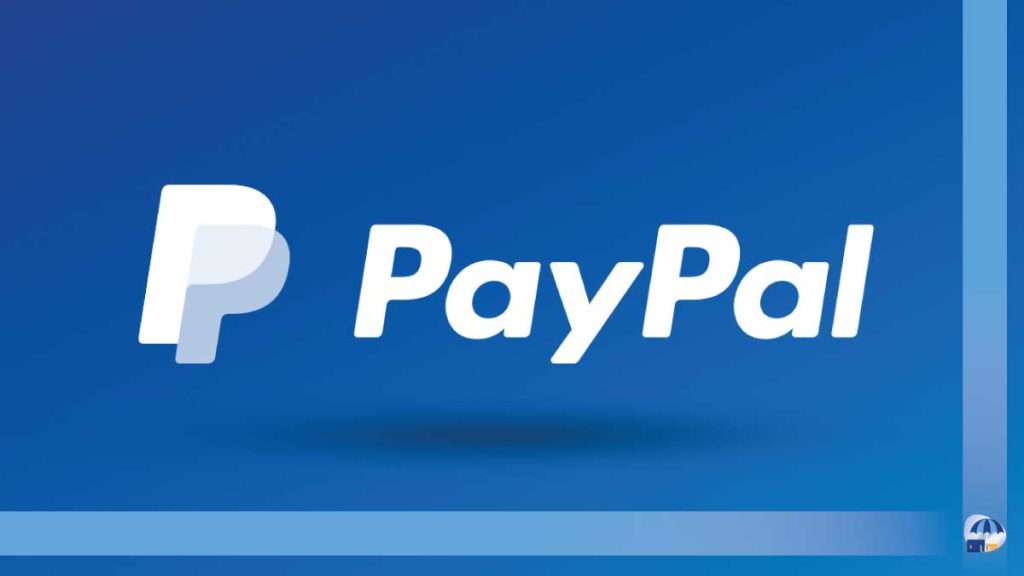Today, everyone knows Paypal. It is a safe, simple, and immediate payment method. Over time, it has gained popularity among users, but in the beginning, PayPal’s goal was not to create ways to transfer money but to ensure that the existing ones were safe. In this article, we will explain the history of PayPal, what its origins were, and how it has diversified over time.
PayPal was born in 1998 in Silicon Valley and with another name: Confinity, which means trust and infinity. Its founders are Max Levchin, Luke Nosek, Ken Howery, and Peter Thiel. Their intention was very specific: to facilitate money transactions between PDA devices (Personal Digital Assistants). It was a handheld electronic device that was used to keep a list of contacts, calendars, reminders, etc. at hand, although with the arrival of smartphones, these devices disappeared since they offered all these management options.
With these devices, the founders of Confinity intended to offer a money transfer service via PDA, but they realized that the need of society and the market niche was to move electronic money.
It was in 1999 when they launched the prototype, which was based on sending and receiving e-mails. Over time, they perfected their systems until they came to the conclusion that payments should not only be made between companies, but also between people,
To promote the business, a large marketing campaign was launched, offering $5 for just registering in the system. Thus, in the first quarter of 2000, Confinity began to grow by 7% to 10% per day.
Two years later, Confinity was in direct competition with eBay’s BillPoint service. For this reason, in 2000, eBay decided to buy Confinity for 1.5 billion dollars. By the end of 2000, the system had already reached one million active users. In 2001, Confinity was renamed Paypal.
By 2014, PayPal was already one of the most recognized and profitable companies in the industry. The idea of PayPal operating as an independent company, separate from eBay’s interests, was raised among its executives. A year later, the two companies were separated.
From that moment on, Paypal launched its own peer-to-peer payment platform, called Paypal. which allowed users to create an account, set a profile photo, and place a personalized URL, with the intention of facilitating transactions, increasing security and identification measures, and allowing users to see who they are paying or charging.
Its success was such that it began to reach agreements with other important brands in the market, such as Uber – in 2016 – and Xoom – a company dedicated to sending money over the Internet.
While it is true that the pandemic negatively affected many businesses, it helped PayPal to become stronger, thanks to digital transactions. Many companies had to close, but others had to reinvent themselves. In the restaurant sector, for example, confinement and restrictions such as the curfew forced restaurants to implement the takeaway system or modify their opening hours to comply with health regulations.
Online casinos also worked to adapt to the new situation and offer quality and safe entertainment to their users and potential customers. One of the tactics they used was to promote secure payment methods in transactions and one of them was Paypal. With this system, casino users were certain that their transactions were carried out safely and immediately. Time2play collects the best-rated ones in a list.
PayPal is currently one of the largest online payment companies in the world and is present in almost 200 countries. It allows money transactions between companies and individuals in 25 different currencies. It currently has more than 300 million active users.



